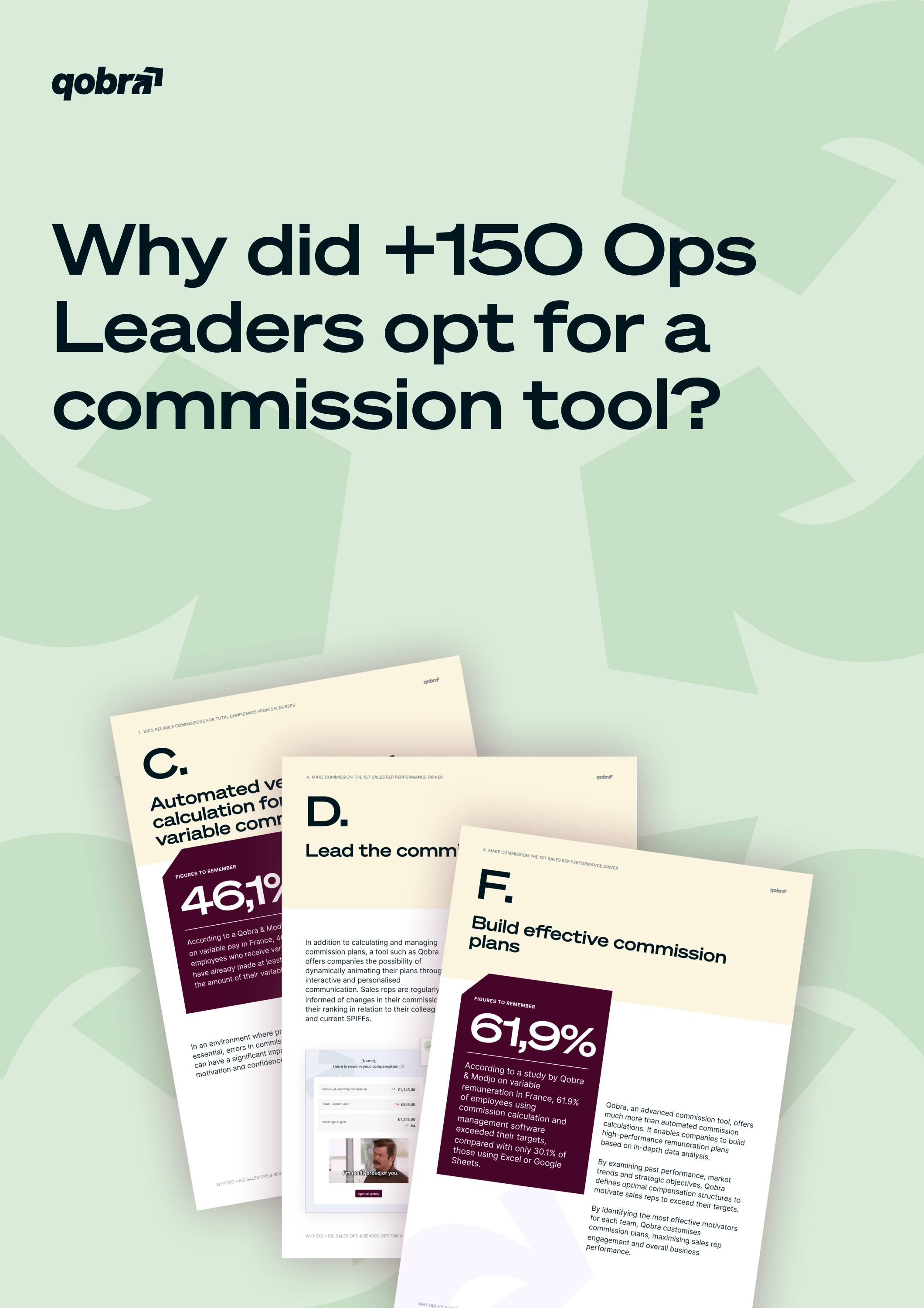Ready to see Qobra in action? Discover and try our platform now for free
Product TourChurn rate
What is churn rate?
Churn rate is a metric that measures the proportion of customers who discontinue using a company’s product or service over a specific period. It is commonly expressed as a percentage and serves as a critical indicator of customer retention and business health. A lower churn rate generally implies better customer satisfaction and loyalty, whereas a higher churn suggests issues that may compromise recurring revenue and growth potential.
Why is measuring churn rate important?
Understanding churn helps businesses identify how well they retain customers, which is essential for long-term success. Since acquiring new customers usually costs more than retaining existing ones, minimizing churn leads to more sustainable revenue streams. Additionally, analyzing churn patterns can reveal root causes such as product dissatisfaction, pricing issues, or competitive factors.
How is churn rate calculated?
The basic formula to calculate churn rate over a given period is:
For example, if a company starts with 1,000 customers and loses 50 by the end of the month, the churn rate is (50 ÷ 1000) × 100 = 5%.
It’s also possible to calculate churn by revenue lost rather than customer count, which can be helpful for subscription-based businesses with tiered pricing.
Types of churn
- Voluntary Churn: Occurs when customers actively choose to stop using a product, often due to dissatisfaction, better alternatives, or changing needs.
- Involuntary Churn: Results from situations outside the customer’s control such as payment failures, expired credit cards, or account issues.
Understanding these distinctions enables targeted strategies for reduction.
Impact of high churn rate
A high churn rate negatively affects revenue growth and market position by shrinking the customer base over time. It also increases customer acquisition costs, strains marketing budgets, and signals potential quality or service problems within the business. Conversely, reducing churn improves lifetime customer value and fosters brand loyalty.
Strategies for reducing churn
To lower churn rates, companies often:
- Enhance customer support and responsiveness
- Personalize communication and offers
- Regularly update products to meet evolving needs
- Implement loyalty programs and incentives
- Monitor feedback to address dissatisfaction early
Continuous analysis and adaptation are key to maintaining a healthy churn rate and sustaining growth.






